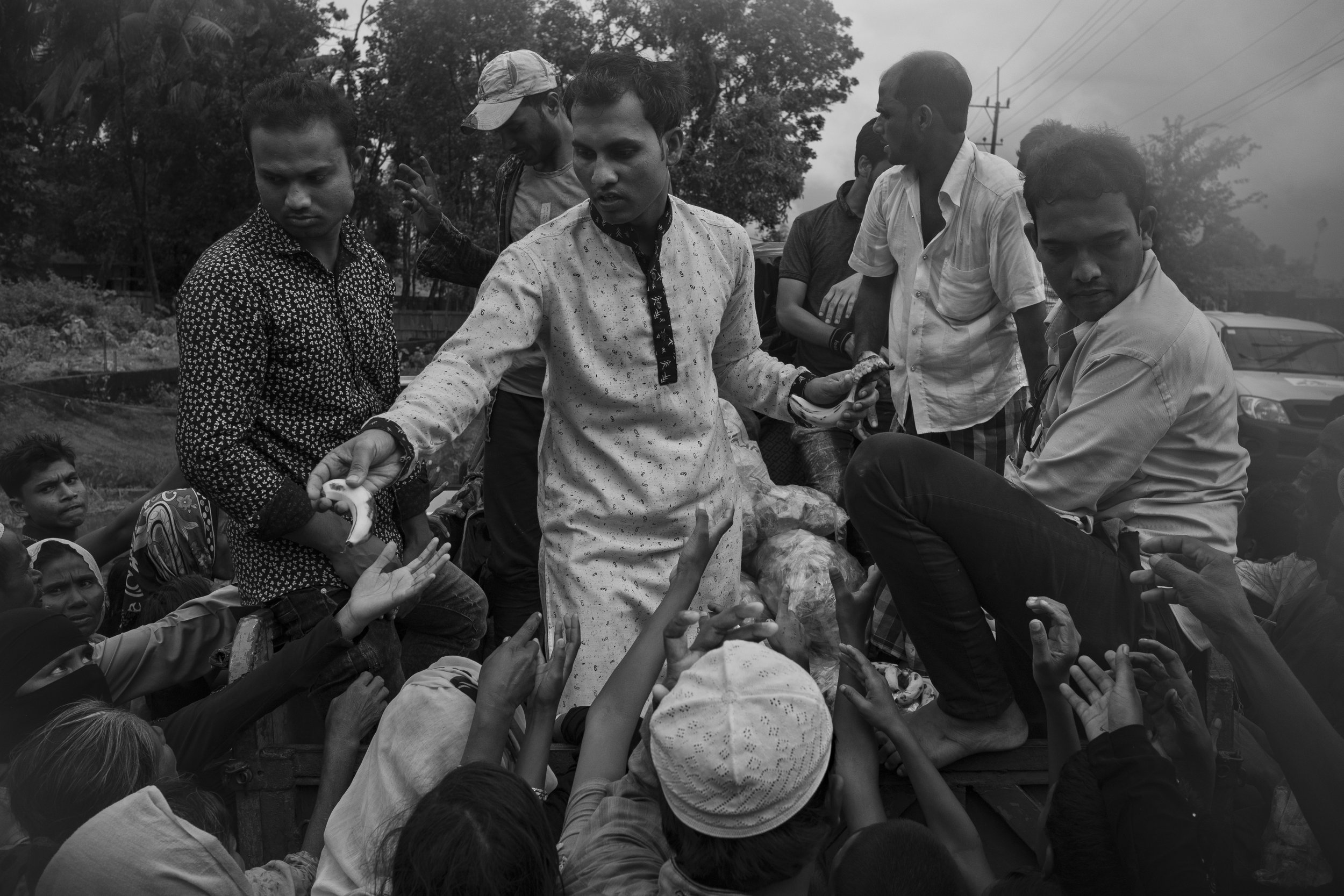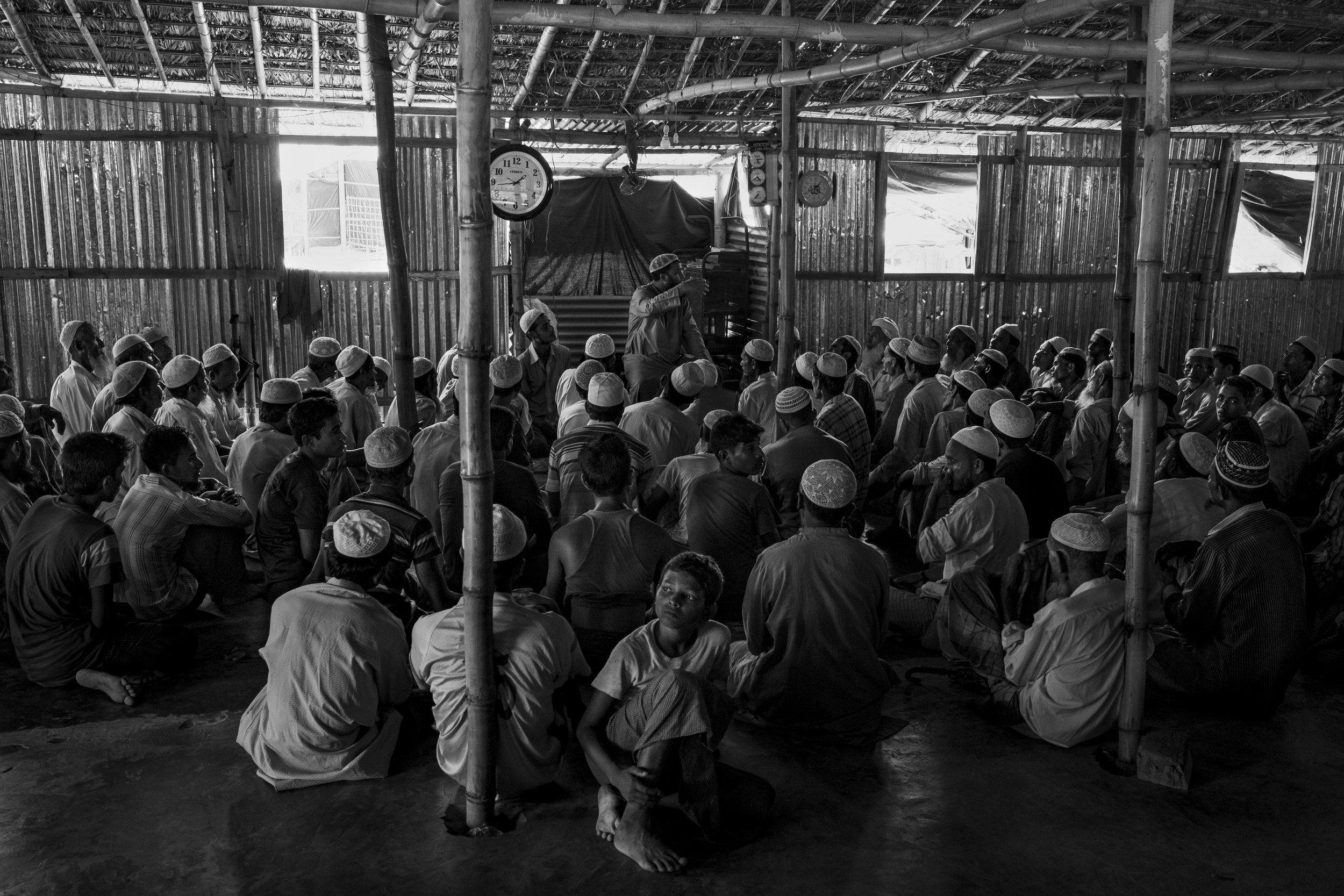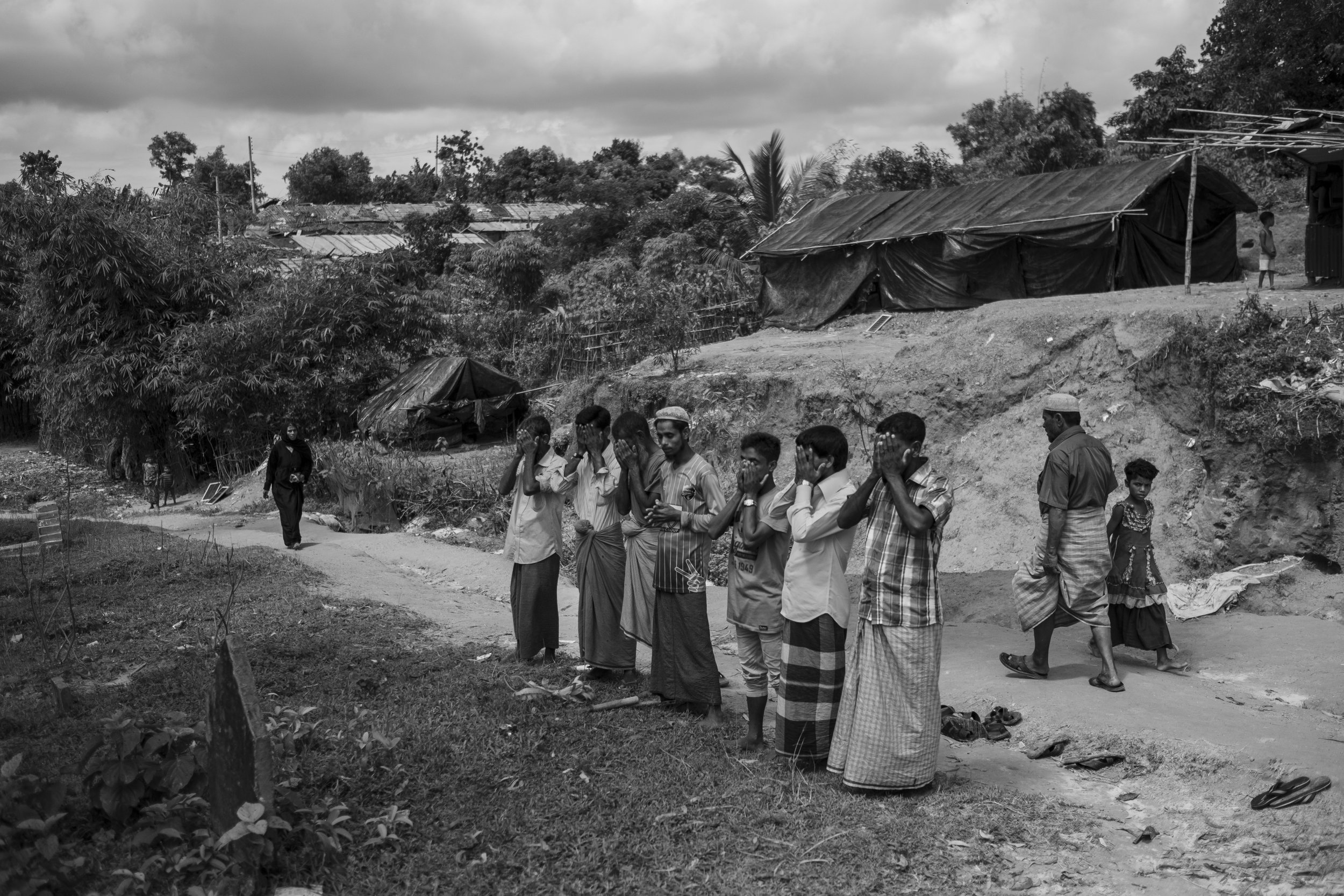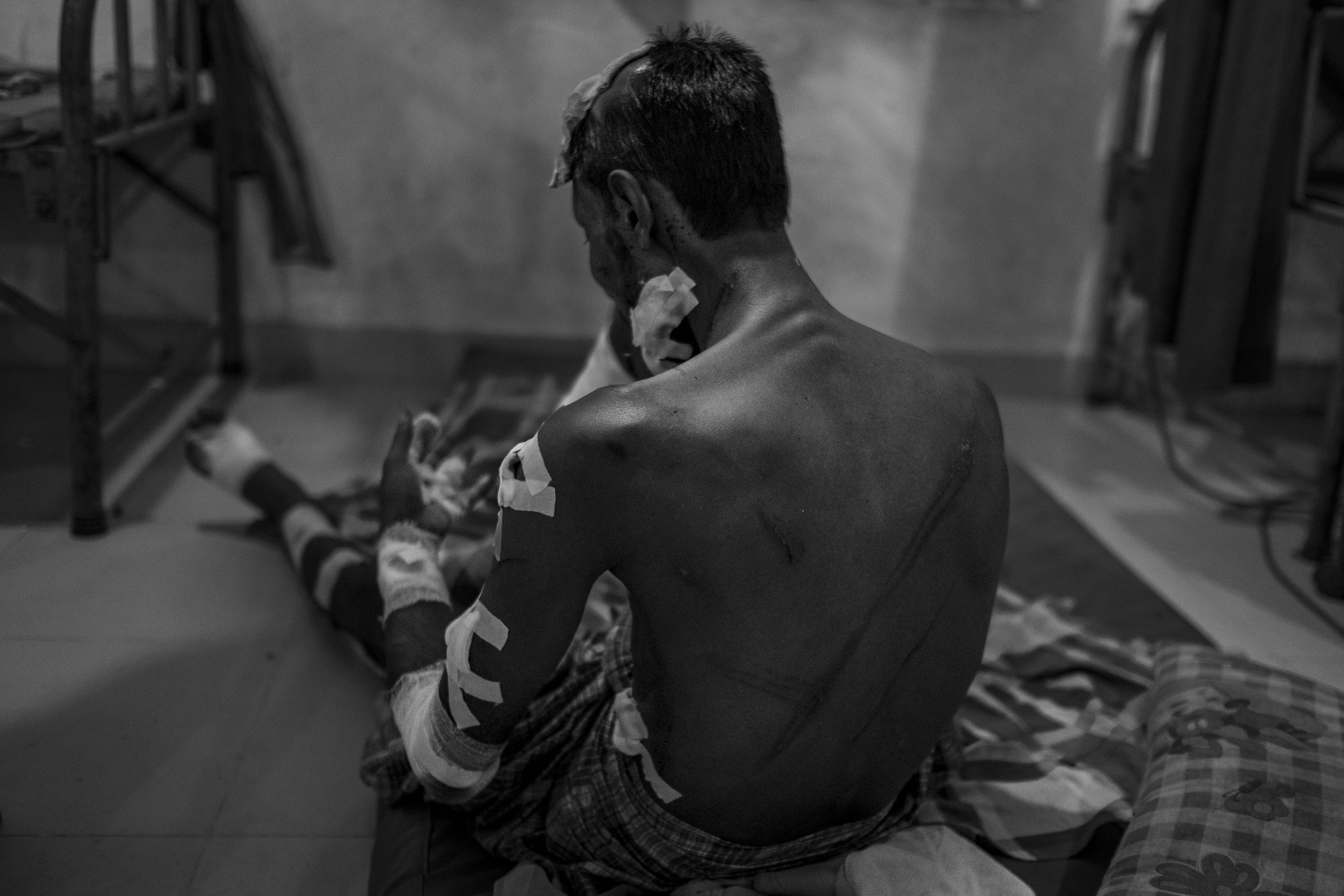FADE AWAY
In 2017, over 700,000 Rohingya, including almost half a million children, fled their homes in Myanmar to Bangladesh, leaving everything behind, in a bid to escape horrific violence and human rights abuses in Rakhine state.
At the peak of the crisis, thousands were crossing into Bangladesh daily. Most walked for days through jungles and mountains, or braved dangerous sea voyages across the Bay of Bengal. They arrived exhausted, hungry and sick, in need of international protection and humanitarian assistance. U.N. investigators later concluded the Myanmar military campaign was executed with “genocidal intent”.
The Rohingya are a stateless Muslim minority in Myanmar. On 25 August 2017, when violence broke out in Myanmar’s Rakhine State, more than 742,000 sought refuge in Bangladesh. Most arrived in the first three months of the crisis. An estimated 12,000 reached Bangladesh during the first half of 2018. The vast majority reaching Bangladesh are women and children, and more than 40 per cent are under age 12. Many others are elderly people requiring additional aid and protection. They have nothing and need everything.
New spontaneous settlements sprouted overnight, raising concerns over the lack of adequate shelter, water and sanitation, access to basic services, and general protection considerations such as safety for women and girls. The Kutupalong refugee settlement has grown to become the largest of its kind in the world, with more than 600,000 people living in an area of just 13 square kilometres, stretching infrastructure and services to their limits.
The humanitarian response in Bangladesh remains focused on meeting the massive humanitarian needs and on mitigating the impact of the seasonal monsoon rains. However, additional international support is urgently needed to step up the assistance from purely humanitarian and day-to-day support towards addressing medium-term challenges, including resilience, education, registration, and programmes to protect the most vulnerable refugees – including children, women and persons with specific needs.
The refugee crisis in 2017 resulted in the largest human exodus in Asia in the last 50 years.
This reportage was made on assignment for Doctors Without Borders, Der Spiegel magazin and CNN with the support of Fujifilm.
NEWS
TEARSHEETS
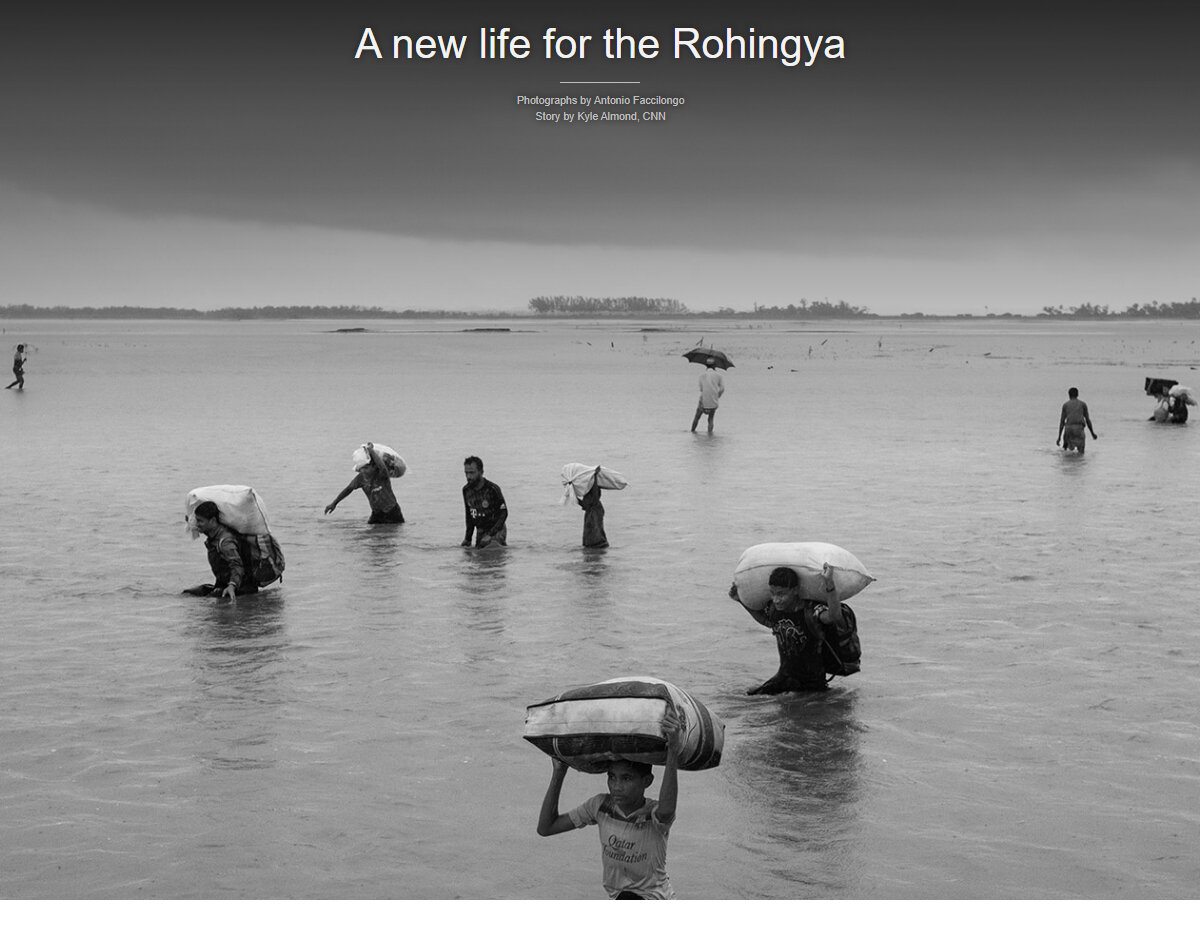
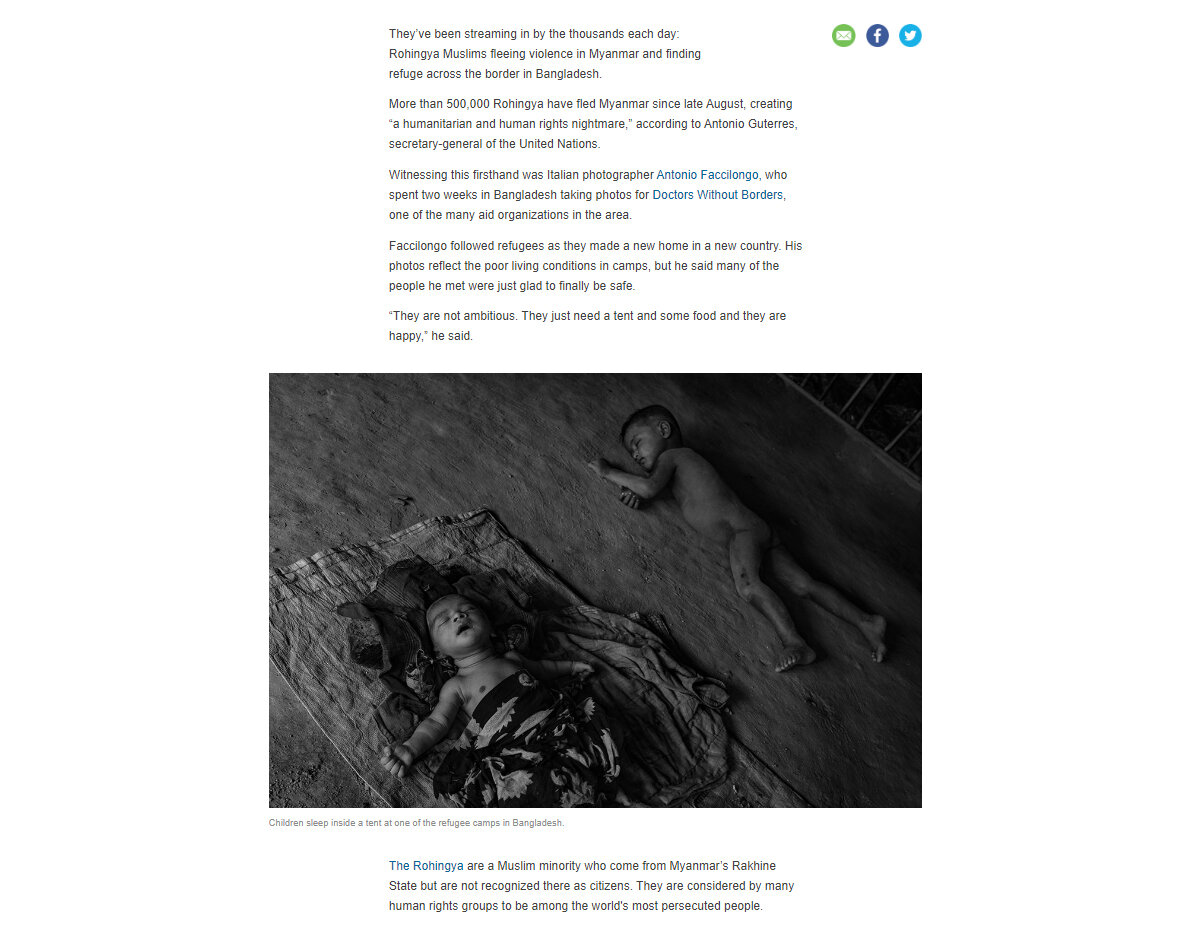
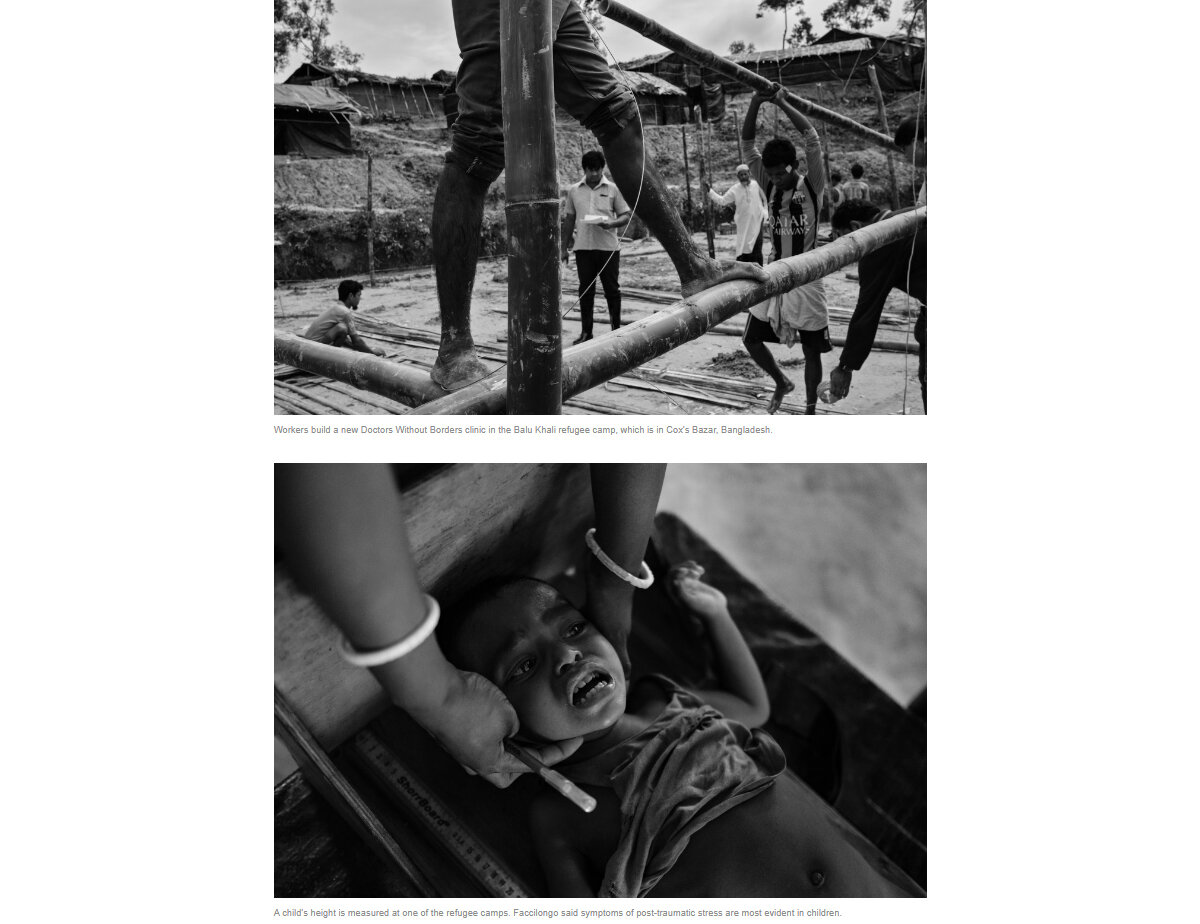





SUBSCRIBE NEWSLETTER








